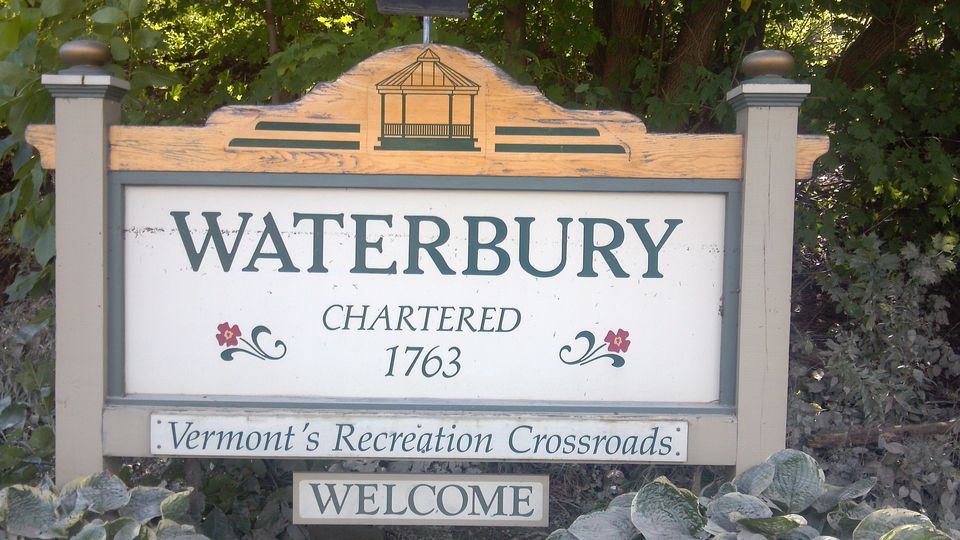Category Archives: Community Management
5 Tips for Getting the Most Out of Your FPF Membership
Posted on Wednesday, December 3, 2014 by Michael • No comments yet
To get the most out of Front Porch Forum, and to keep your FPF account working well, please try the following:
- See your new FPF COMMUNITY CALENDAR for local events:
- Go to http://FrontPorchForum.com and click LOGIN (if not already logged in), and click CALENDAR to see nearby events.
- Or just click the VIEW YOUR FPF CALENDAR orange button or icon in your e-newsletter.
- You also can embed this calendar into other local websites or automatically add FPF-listed events to other online calendars.
- SEARCH your FPF’s POSTING ARCHIVE for past recommendations, free items, break-in reports, etc.:
- Go to http://FrontPorchForum.com and click LOGIN (if not already logged in).
- Click SEARCH ARCHIVE to look for postings from any FPF to which you have full access.
- Check daily postings from NEIGHBORING FPFs:
- Near the bottom of your FPF e-newsletter under “News from Neighboring FPFs,” click the READ MORE link(s).
- STAY LOGGED IN to the FPF website between visits (so the steps above are easier):
- Go to http://FrontPorchForum.com and click LOGOUT (if available), then click LOGIN.
- Enter your email address and FPF password, and keep the box checked for “Remember me when I come back.” Click the orange “Log In” button.
- If your web browser asks you if you want it to remember this login information, select “yes.”
- To have your login information remembered by your computer, you may need to adjust your web browser’s preferences/settings to allow “cookies” for the FrontPorchForum.com website.
- ENSURE CONSISTENT DELIVERY of your FPF e-newsletters:
- Please add these email addresses to your email’s address book/contact list: [your FPF’s name]@frontporchforum.com (i.e., the email address in the FROM field of your FPF e-newsletter) and sender@postageapp.com.
- Check your spam filter for FPF e-newsletters. If you find any, please mark them as NOT SPAM. Please do NOT mark any email message from FPF as spam.
- Tell your email provider that messages from the following addresses are not spam and that they should be “white listed:” [your FPF’s name]@frontporchforum.com and sender@postageapp.com.
- If you stop using your current email addresses, please update the email address on your existing FPF account (rather than creating a new FPF account for this new email address). To do so, login to FPF and click MY ACCOUNT.
Best wishes this holiday season!
Online harassment survey results
Posted on Sunday, June 22, 2014 by Michael • No comments yet
Craig Newmark, of craigslist fame, recently released an infographic highlighting the results of a survey about online harassment. Some points from the survey:
New Feature: Share Postings with Neighboring FPFs
Posted on Friday, February 15, 2013 by Michael • 10 comments
 #BTV #VT – Starting today, Front Porch Forum members can select to share their postings with neighboring FPFs. Look for the check box on the NEW POSTING page at FrontPorchForum.com (login required).
#BTV #VT – Starting today, Front Porch Forum members can select to share their postings with neighboring FPFs. Look for the check box on the NEW POSTING page at FrontPorchForum.com (login required).
About Blog
Ghost of Midnight is an online journal about fostering community within neighborhoods, with a special focus on Front Porch Forum (FPF). My wife, Valerie, and I founded FPF in 2006... read more
Post Categories
- Uncategorized
- PDF2009
- Calendar
- Northeast Kingdom
- podcast
- Peer Rental
- Localization
- Big Tech
- Events
- PDF2007
- Web Traffic
- Google AdSense
- Pay It Forward
- Elections
- berkmansunlight
- Maps
- Video
- Upstate New York
- Coupons
- Wildlife
- Mobile
- Viral Marketing
- Raffle
- Crisis Response
- Donations
- Lost & Found
- Real Estate
- College Students
- Gratitude
- Social Responsibility
- Orton Family Foundation
- Start ups
- Make It Your Own Awards
- Online Civility
- Clay Shirky
- Newspapers
- Humor
- How To Use FPF
- Online Classified Ads
- Best of FPF
- Peer Reviews
- Politics
- Community Management
- Economic Development
- Local Reviews
- Case Foundation
- Borrow and Lend
- Neighborhood Watch
- Good Government
- Small Business Advertising
- Citizen Journalism
- e-Vermont
- Democracy
- Local Search
- Knight Foundation
- Burlington
- MacArthur Fellows
- Civic Engagement
- Social Media
- social capital
- Social Networking
- Vermont
- Neighborhood
- Community Building
- Local Online
- Front Porch Forum
 If you try to build a community for a group of people (especially within an existing boundary i.e. employees), they tend to react the same way.
If you try to build a community for a group of people (especially within an existing boundary i.e. employees), they tend to react the same way. I want to publicly thank our town clerk for the great effort and use of
I want to publicly thank our town clerk for the great effort and use of  Paul posted on the Hinesburg
Paul posted on the Hinesburg 



 #VT –
#VT – #VT –
#VT –